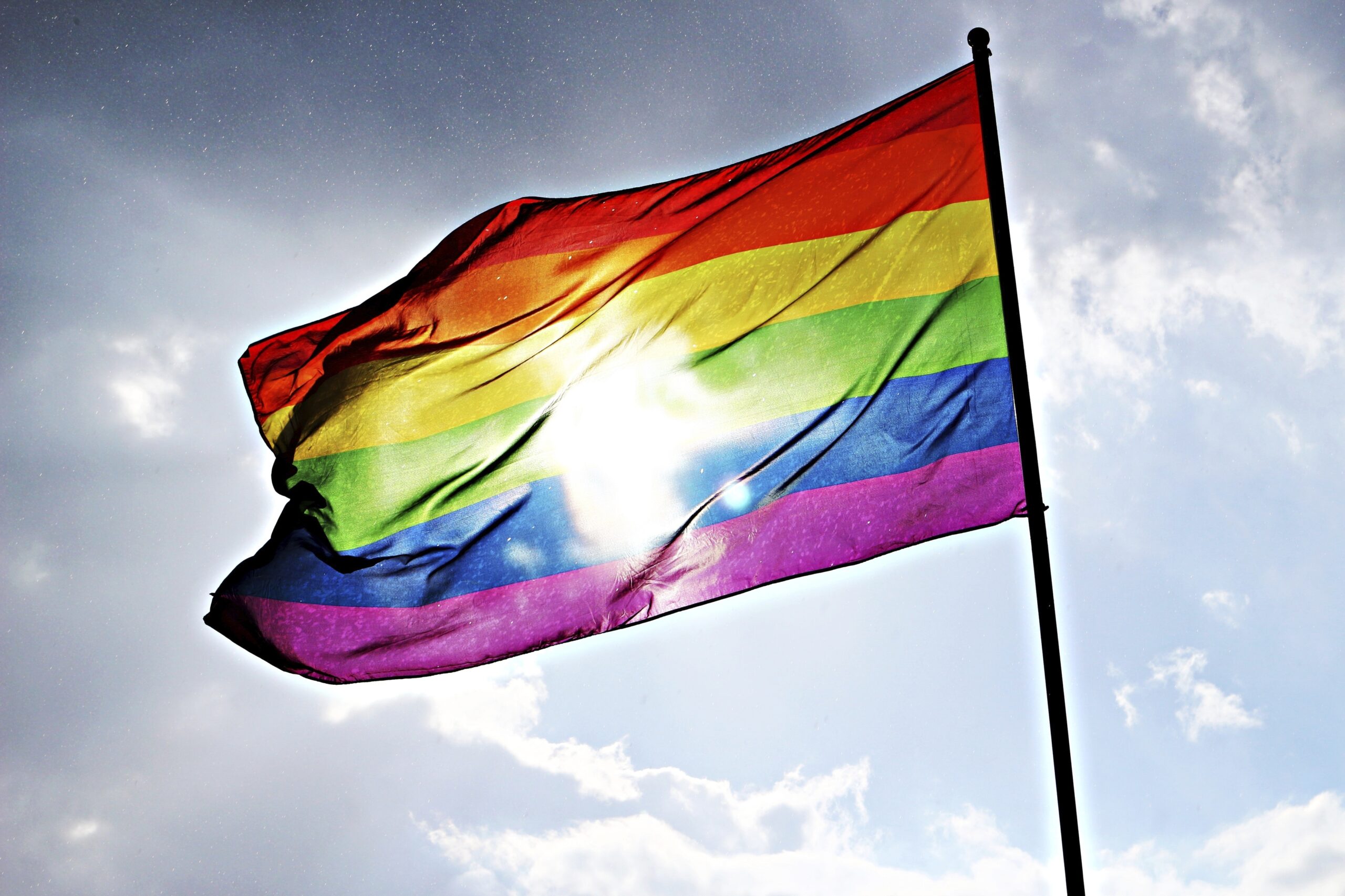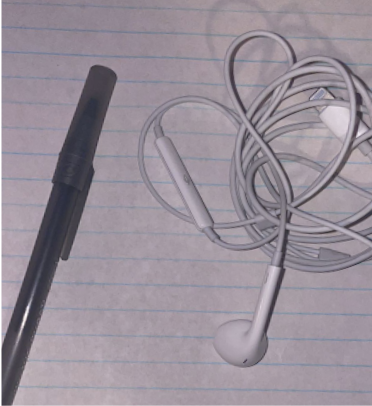Although there has been an increase of LGBTQ+ representation in the media, is any of it actually good or is it still very stereotypical?
Why Representation is Important
First let's talk about what representation even is. Representation is how the media portrays a certain group of people or community. Some examples would be women, the LGBTQ+ community, or people of color. It is so important to have representation in the media because it can really validate someone’s experience and show someone they’re not alone. It also helps people gain knowledge of other communities and helps “normalize” it.
Good Representation
Non-stereotypical representation should be realistic and accurate. It should not make any of the characters part of a certain community look bad because of their identity. Good representation should make someone think “I relate to this.” Characters in the storyline should be valuable and engaging to the plot and not be an afterthought.
An example of a show that has good representation is Heartstopper. Heartstopper is a show based on Alice Oseman’s web comic and graphic novel. It follows two boys, Nick Nelson and Charlie Spring, who become friends after sitting together in class. Charlie starts to have a crush on Nick but he doesn’t think he has a chance due to him thinking that Nick is straight. But over the series, we get to see Nick discover himself and the romance between the boys starts to flourish. Not only do we have the two main boys as representation in the series, there are also a lot of other characters in the show who are part of the LGBTQ+ community. One of Charlie's best friends, Elle, is a transwoman and is openly supported by her friends. There is also Tara and Darcy who are already in a relationship in the show.
This show has some positive representation on LGBTQ+ relationships and identities. It shows what it is like for some people to discover who they are and the feeling of being afraid to come out to your friends and family in a relatable way when some other media tends to focus on the trauma and shame of being a part of the community. Yes the show does touch on some heavy topics like homophobia, but that just helps recognize a problem that the LGBTQ+ community faces.
Another great example of a media that has great representation is The Owl House. It's a fantasy animated show created by Dana Terrace. It starts with one of the main characters Luz Noceda, a teenage human girl who is forced to go to a summer camp. At the bus stop waiting to get picked up, an owl all of the sudden takes Luz’s book. She chases the owl to get back the book but as she chases the owl, she ends up going through a portal that takes her into another realm. She's now stuck in this realm on an archipelago called Boiling Isles where demons and witches reside. She meets a witch by the name of Eda also known as the Owl Lady and King, a demon.
Throughout the show, we get to see how Luz adapts to this new world and her newfound goal of wanting to be a witch despite not having any magic. She ends up attending a school named Hexside, a school for magic and meets other witches.
A lot of the characters in the show are part of the community. The main character Luz is bisexual and there is a major subplot in the show where a romance between Luz and her “rival,” later friend, Amity starts to develop. A little later on in the show they actually end up getting together as a couple. Compared to other shows where the characters end up together in the very last episode in this show we actually get to see their relationship. Their relationship is quite positive and sweet, helping each other overcome their conflicts. Often LGBTQ+ relationships in the media are portrayed as negative and toxic when in reality, not all are like that. We also see a kiss between them on screen which is actually the first time a kiss between a same sex couple aired on a Disney series.
Luz and Amity are not the only ones part of the community. Raine, a love interest of Eda is non-binary and is also the first non-binary character in Disney. There is also Lilith, Eda’s older sister who is aromantic and asexual.
What makes this show a great example of representation, is the fact it's seen as normal. When Luz and Amity start to date, no one questions it or makes any negative comments, it's not seen as something weird. Even before their relationship, it was just a crush, nothing abnormal and there was no shame for who their crush was. Raine is never misgendered and is openly accepted by everyone. All the characters main personality isn’t the fact they are a part of the LGBTQ+ community, there's more to them than that. Having very diverse characters in a show targeted for a younger audience helps educate them about all the different sexualities and genders and helps people feel seen.
Bad Representation
Poor representation is when characters are based on stereotypes or are portrayed as something bad. A stereotype is an idea or belief about a thing or a group of people that is untrue or partly true. Stereotypes can be something very negative as it reinforces a negative bias and spreads misinformation about communities.
Token representation is when a character doesn't have a notable role or their identity doesn't get explored thoroughly. It creates the illusion that there is diversity when in reality, the character is just there for the sake of having “representation” to please people. Usually you can tell when a character is just a diversity token when the character is very one-dimensional. They lack personality, story, and dialogue, and all the audience knows about the character is the fact they are part of the LGBTQ+ community. It's the bare minimum for representation and just placing a character in the show isn't enough.
Queerbaiting is a marketing technique in which it is suggested a character might be LGBTQ+, but there is no evidence in the story to actually confirm it. The creator through the plot, interviews, and social media posts will promise the possibility of representation but doesn’t actually follow through with it. The whole purpose is to draw in more viewers and for it to appeal to people of the LGBTQ+ community. It gives high hopes of having the possibility to finally be seen and have representation but then when it doesn't actually happen, it's very upsetting, especially because it's being used as a way to get more money.


